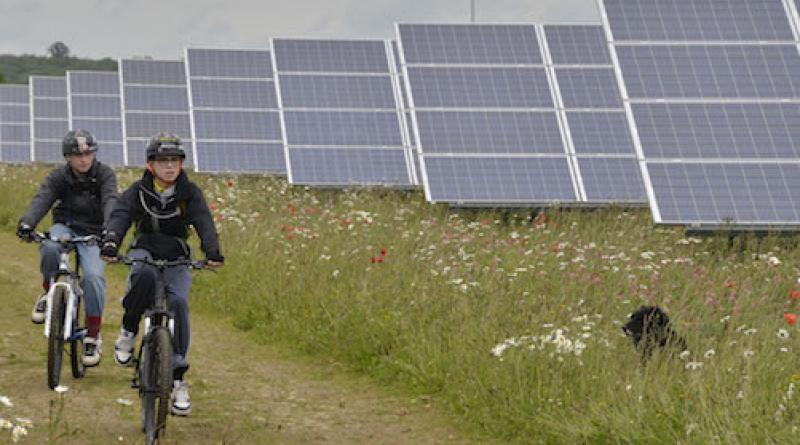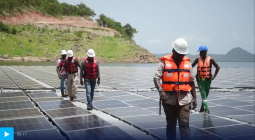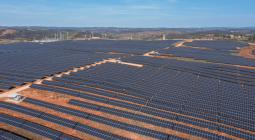Solar ‘Singled Out’ as Maine Moves to Protect Prime Farmland

As Maine regulators try to direct sprawling urban development away from “high-value agricultural soils”, they’re taking heat for singling out solar projects for special restrictions based on nothing more than anecdotal evidence.
The plan so far is for solar developers to pay extra for projects that have an impact on at least five acres/two hectares of prime farmland, Energy News Network reports.
The program, for which detailed rules are still under development, “could involve a range of new fees for different kinds of farmland and project impacts, with money being set aside for ‘farmland conservation and solar mitigation projects’,” the news story states. That’s at a time when “low-density housing and other types of urban sprawl threaten to swallow more than 53,000 acres, or 5% of all Maine farmland, by 2040.”
While proponents of the new rules say they’re pushing solar to development areas with less conservation potential rather than blocking it completely, critics are miffed that solar is the sole focal point for regulatory action.
“The narrative around this has really been: how can we protect high-value farmland from solar development?” said Lindsay Bourgoine, policy director for ReVision Energy, a major New England solar developer. “ReVision has a really big concern about the lack of data around that narrative.”
Maine has already built about a gigawatt of solar, most of it in smaller projects, Energy News Network writes. The state’s climate plan calls for a 100% renewable grid by 2040 and. conservation easements for 30% of its farmland by 2030.
ReVision says that, even if all of Maine’s existing solar projects under 5 MW had gone on prime farmland, they would have covered less than 0.5% of the available resource.





